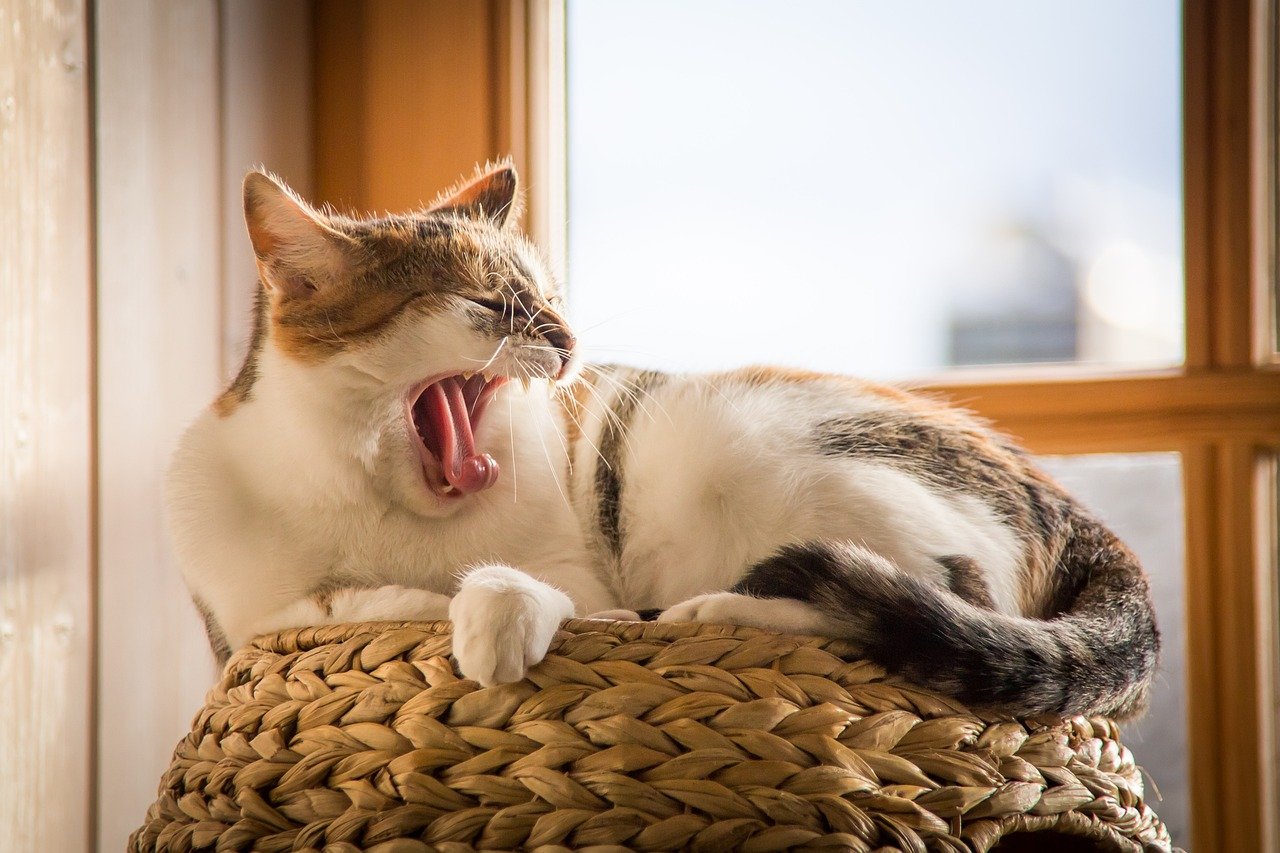Have you ever touched your cat’s tail, and how do cats communicate with their tails? The one important question is Do Persian cat tails have a bone? The answer to this question is yes, Persian cats have bones in their tail that work as communication between cats and humans.
Persians have a bone in their tail. The tail is an extension of the spine and is an essential feature of feline anatomy. The vertebrae of cat tails are strong at the base but are soft at the end of the cat’s tail. These vertebrae consist of soft discs, and they help them with tail movement.
You are also amazed to know that cats communicate with their owner by various moments of the tail. Let’s dive deep into the article and discuss different aspects of cat tails.
What Are Cat Tails Made Of?
Cats’ tails consist of vertebrae, the same kind of bone that made their backbone. These vertebrae consist of soft discs that are an extension of the spine in the whole of the tail. These discs are dense at the base and soft at the tip of the cat’s tail.
These tailbones are held together by ligaments, tendons, and muscles, which support the tail. Because of the many small bones, with tiny spaces between them, makes cat tails quite flexible. This allows cats to move their tails in amazing directions.
How Many Bones In A Cat’s Tail?
The number of bones can vary from individual cat and breed to breed. The fact is that not all cats have the same number of bones in their tail. Nearly 10% of cats’ bones consist of their tailbone due to their extension. Normally, cats have 19 -21 bones in their tail.
Manx cats are known for their short and sometimes non-existent tail are the most dramatic example of the number of bones in a cat’s tail.
Is There Cartilage In Cat’s Tails?
You have noticed that your ear and nose consist of a soft type of bone and are moveable. This type of connective tissue is found in cats’ tails and can help them to move their tail in different directions.
So, these cartilages are sensitive and want extra care not to injure them.
Can Cats Feel Pain In Their Tails?
Yes, cats feel pain if anything hits them. As you have seen, whenever in unconscious we hit cats’ tails, and they become aggressive and try to scratch. Cats tails are much more sensitive. If your cat has been hit by anything, it must be prone to other health issues. Because the tail is connected to the spine and functions as a central part of the cat’s body.
These nerves control the precise movements of the tail and the bladder, rear leg, and intestine functions. It can seem that cats are carefree about their tails, but they do care about their tails. A severe injury to a cat’s tail can lead to a range of problems, the concerning about bladder and bowel diseases.
Can Cats Live Without Their Tails?
Cats can get different signals and communicate in different ways. But some cats lose their tails and are sometimes born without tails. Some cats become used to it after losing their tail.
Cats’ tail acts as a balance of cat bodies and cats shows their excitement fear anxiety through the movement of their tail.
Can Cats Control Their Tails?
Cats have complete control of their tails, but some movements may be made involuntarily- or at least without conscious effort. For example, when a cat jumps or weaves through some obstacle, their tail naturally reacts to their movements, helping them balance.
How Long Is A Cat’s Tail?
Some cats have short tails, and some cats have extra long tails that make the length from half of their body. A Guinness book record has reported the most log tail as 17.58 inches (44.65 cm) in Maine Coon.
The domestic cats, normally cats, have 12 inches (30.48 cm) tail that makes them extra length. Cats are eighteen inches without a tail, which means half of the body length.
Different Cats Tail Parts And Their Function
| Tail Part | Function |
| Vertebrae | Provides structural support and flexibility for the tail, allowing different movements. |
| Muscles | Allow the cat to move and control the tail, expressing emotions and maintaining balance. |
| Intervertebral Discs | Act as shock absorbers between vertebrae, protecting the tail during jumps and landings. |
| Nerves | Facilitate communication between the tail and the brain, coordinating various movements. |
| Tail Skin | Protects the internal tail structures and contains sensory receptors for tactile input. |
| Tail Hair | May aid in communication, especially when the tail is used to signal moods and intentions |
Muscles Are In A Cat’s Tail
Cats have six different types of muscles. These muscles all work together to give cats a considerable range of movements. Of course, these muscles are just part of the picture. The entire system of small bones, muscles, and connective tissue gives cats their unique tail.
Can a Cat’s Tail Repair Itself?
If the fracture is located at the tip of the tail, it usually heals well without any treatment, although, the tail may have a bump or kink at the fracture site. If the bones in the tail are crushed, part of the tail may have to be amputated.
Conclusion
Cat tails are consisted of six different types of muscles and about 12 inches long. A cat’s tail is an extension of the spine and helps in different functions of a cat’s body. Cats communicate in different ways by different movements.
Leave any comments about your cat tails, whether they have bone or not.







